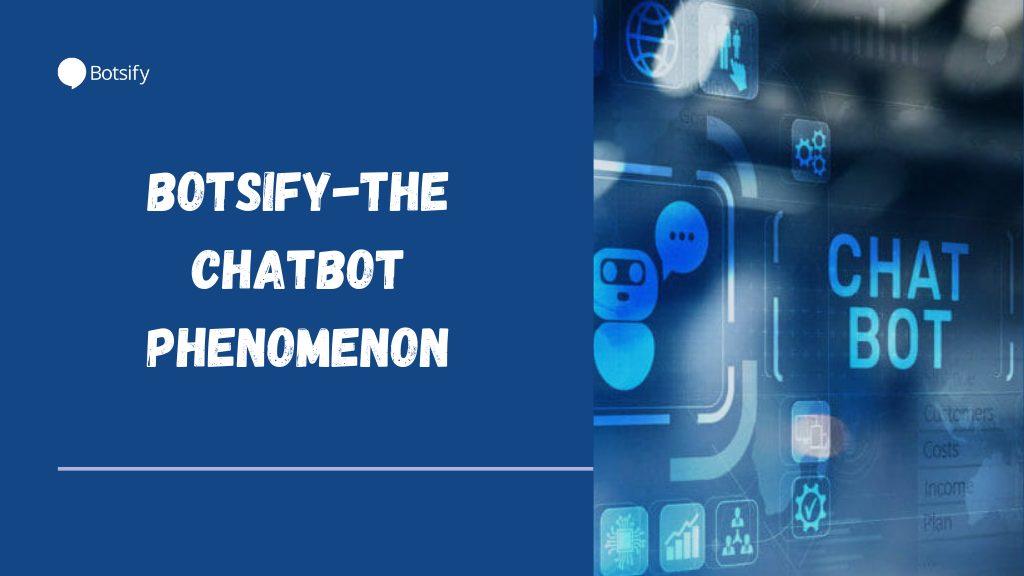Chatbots are becoming a necessity for businesses who want to provide exceptional customer service to current and prospective customers and the use of bots across multiple industries is growing. A 2016 Gartner study predicted that chatbots would power 85 percent of all customer service interactions by 2020.
Last month we referenced a Business Insider report which revealed that chatbots are the one of the top emerging technologies that businesses are implementing, or plan to implement, in the near future. The BI report revealed that 80% of global businesses will be using chatbots by 2020.
Chatbots are used for a variety of reasons under the sales and marketing umbrella. The overall goal with implementing a chatbot—or any other automation technology—is to improve customer experience and streamline business functions.
Types of chatbots
Scripted chatbots respond to specific questions with a corresponding list of answers. Since conversations with these types of chatbots can only follow a preset path, they often employ multiple-choice questions with a specific goal in mind.
Scripted chatbots can replace online surveys or forms and offer a unique, engaging way for users to interact with your website or brand. Embedding lead generation forms into a chatbot dialogue is an example of a scripted chatbot.
Image Source: Botsify
Artificial Intelligence (AI) chatbots are chatbots that learn. AI chatbots respond to and understand natural speech. They provide a more authentic “human” experience to your website or social media visitors. AI Chatbots are used for a variety of customer service applications, such as online ordering, providing product or service information, and providing customer support such as account balance information.
Human takeover chatbots begin the process of reaching out to a website visitor then hand the conversation over to a human. This type of chatbot is an excellent solution to businesses who want the ability to respond to questions more quickly than they are currently able, but are nervous about onboarding an AI chatbot.
Image Source: Botsify
The top five ways businesses use chatbots
1. Customer service—HubSpot reports that more than 80% of consumers expect a real-time response when they have a sales or marketing questions (“real-time” is defined as ten minutes or less). Additionally, fully 90% of customers that have a customer service question rate an “immediate” response as important or very important. Chatbots are often the only way to meet the rising demand for instant and “always on” customer service.
2. Messaging apps—Chatbots are used widely with apps like Facebook Messenger to answer questions from customers and prospects. Many industries (e.g,. travel and hospitality) can automate at least some portion of customer interaction with the use of chatbots. Companies like Marriot and Booking.com employ chatbots to help customers check availability, get check-in information, and enable travelers to interact with vendors before, during, and after their trips.
3. Pre-screening applicants for job recruitment—Chatbots can help companies screen and recruit applicants in a variety of ways, from messaging apps, to automated bots that use scripts to prescreen applicants. Businesses can also use chatbots to prescreen prospects (more on this, below).
4. Online ordering—Online sales and retail websites are ready-made for chatbots. Bots help users locate products or services that they’re most interested in (Verizon has a chatbot that helps walk people through the process of upgrading their phone). H&M uses a chatbot that acts as a personal shopping assistant, suggesting clothing items and outfits based on users’ preferences.
5. Pre-screen prospects—as mentioned above, human-takeover chatbots provide a hybrid approach to the fully automated AI chatbot and the scripted chatbots. Companies can use these chatbots to pre-screen visitors in a variety of ways by asking pre-programmed questions to assess what their needs are and then routing them to the appropriate (live) salesperson or customer service rep.
How do consumers use chatbots?
According to a 2018 survey by Drift, SalesForce and several other collaborators, Telephone and email are remain the most common ways that customers interact with businesses, but consumer adoption of chatbots is growing.
More than 60 percent of the consumers surveyed indicated they used a chatbot to interact with a business in the past 12 months.
When consumers in this survey were asked how they predicted they might use a chatbot in the future, the top answer was to get a “quick answer in an emergency” (37%) followed by resolving a complaint or problem (35%). Here is the complete breakdown of predicted use cases for chatbots from the survey:
Data source: Drift.com
As you can see, these are all fairly traditional reasons that consumers reach out to businesses. Adding a chatbot to your website or application provides another touchpoint for people to reach you for any number of issues they may encounter when interacting with your business.
Chatbot success metrics
Chatbots aren’t just a passing tech trend, they offer real value to businesses and are expected to cut business costs by $8 billion by 2022.
Industries with a large volume of human interaction—such as healthcare and banking—stand to benefit the most. A study by Juniper Research predicted that up to 90 percent of queries in these industries will be handled by chatbots, resulting in a cost savings of about $.70 per interaction.
Chatbots can also provide backup and assistance to B2B companies whose (largely millennial) buyers are accustomed to researching products and services on their own prior to reaching out to a salesperson.
Improving customer experience for B2B businesses should be a critical focus for 2019 and beyond since B2B organizations score below 50% in the customer-experience index compared with 65%–85% for B2C organizations.
Conclusion
Chatbots help improve sales and conversions by answering customer questions and providing support exactly when people need it.
Chatbots give businesses the ability to offer 24/7 support at a time when people are increasingly expecting businesses to respond immediately to questions and concerns.
With millennial buyers dominating the B2B landscape and consumers becoming more comfortable interacting with bots and AI applications, implementing a chatbot is becoming an essential way to expand your business’s customer service offerings.

